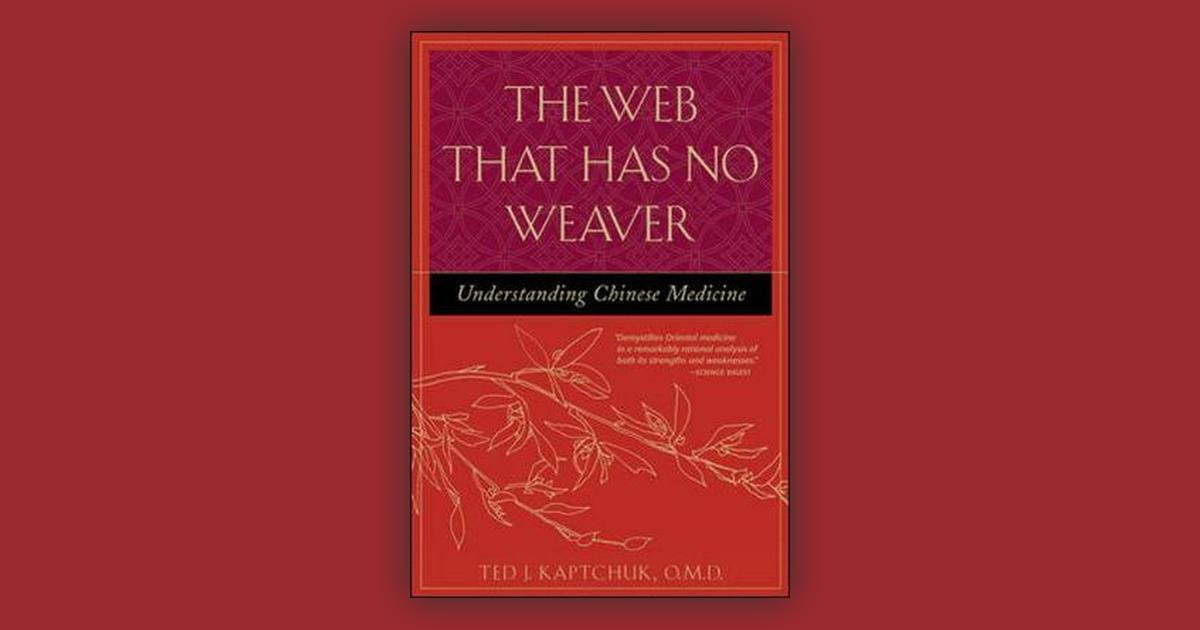The Web That Has No Weaver by Ted Kaptchuk has become a staple in Chinese medicine 101. If you attend a university that requires at least a basic knowledge of Chinese medical theory, this book may be recommended to you.
I, myself, have taught classes using this book as assigned reading.
As explaining complicated and at times esoteric medicine goes, this book is incredible. It is relatable and clear enough for the curious person to casually read, yet descriptive and full of wisdom. It breaks down tricky concepts into ideas that are easily understood without needing a masters or doctorate in the field of Chinese medicine.
It is an excellent book for the beginner, and one that I recommend to patients who like to “talk shop”, asking about their patterns and wanting to understand more about their treatment plan.
The only caution with this book is that it does dive deeply into diagnosis in Chinese medicine. I admire the layout of the book and easily explained patterns, however I see two things happening regularly:
The information becomes a little too clinical, (it is a textbook, afterall), and
If you are studying Chinese medicine on your own, you learn just enough to potentially cause harm if you try to treat yourself right away. As deep as these explanations range, the practice of Chinese medicine is much more complicated than reading this book. Be wary of falling into this trap.
This book is also a phenomenal litmus test to see if pursuing formal education in Chinese medicine would be right for you. If the dialogue in this book and the puzzle of intricate diagnostics fires up your brain, you might have a decision to make.
I highly recommend this book for anyone who is more than vaguely curious about Chinese medicine theory. While it’s easily understandable and simplified to the beginner, I wouldn’t call this “light reading”.
For some links to view the book, check out




